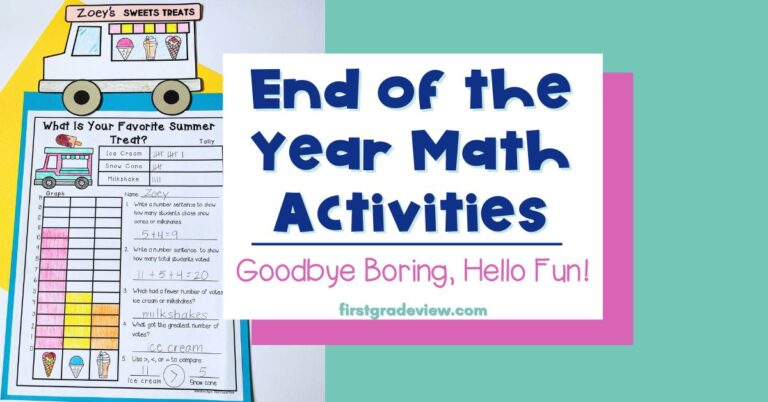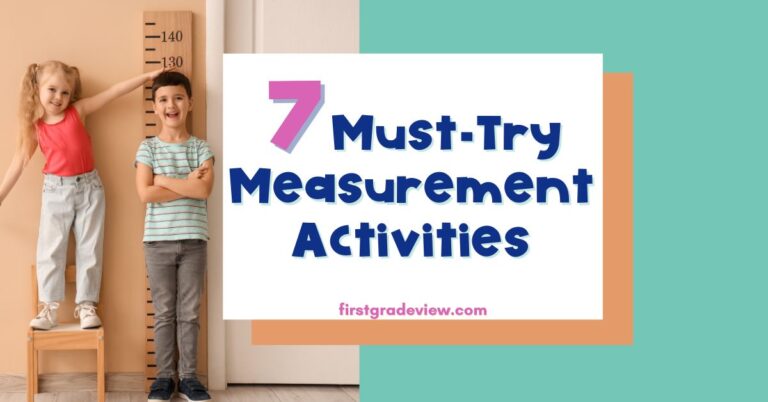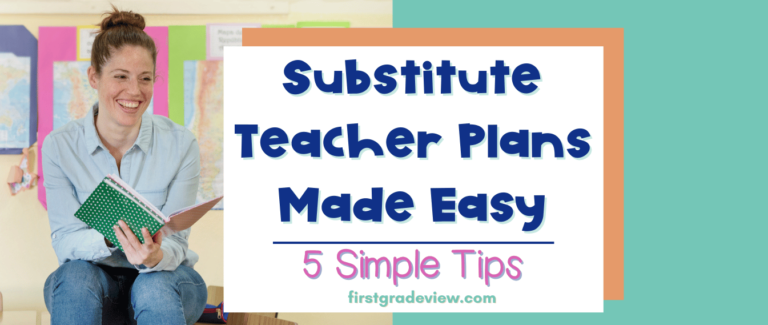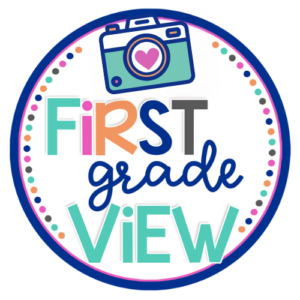We all know that number sense is the secret sauce for math success, right? It’s like the superpower that makes math a piece of cake! In fact, you’ve heard it over and over again that students with strong number sense have a better mathematical understanding. If you are scratching your head wondering what are some strategies for building number sense, don’t worry! In this blog post, we’re diving into some seriously easy activities to build number sense, and guess what? You are probably already doing them!

Building Number Sense in First Grade
Building a rock-solid number sense foundation sets students up for future math success. So, what’s the secret formula? Here are a few strategies that you can use to help first graders develop their number sense:
Counting
Understanding the art of counting and its incredible significance is our first stop on this number sense journey. First graders should be able to count forward and back starting at any number within 0-120. To achieve this, students can participate in counting activities such as skip counting, choral counting, or counting games.
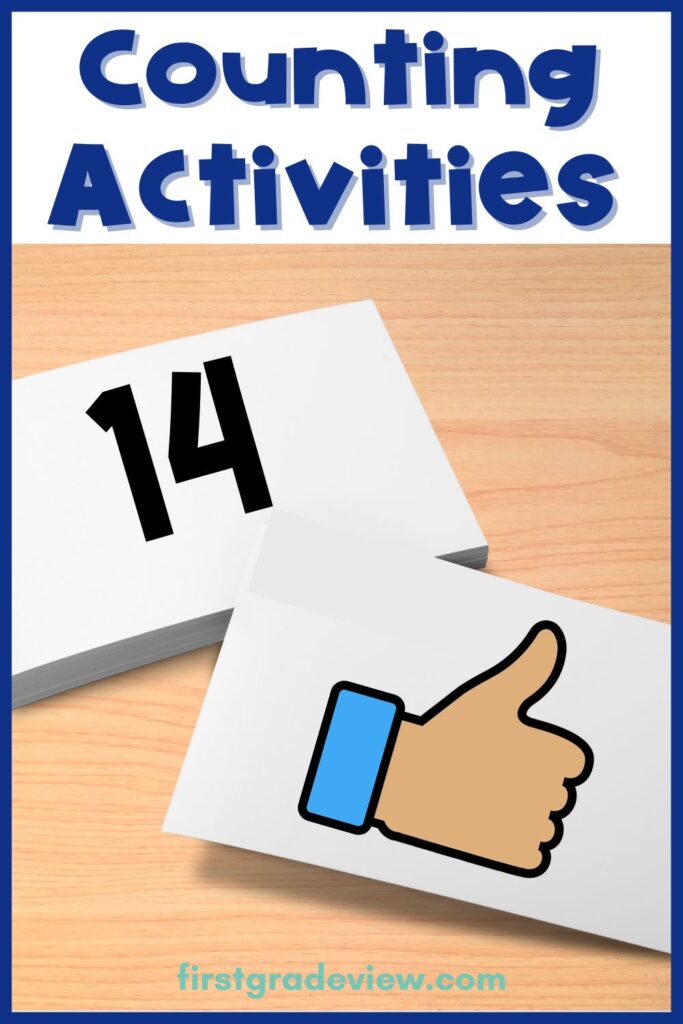
One-to-One Correspondence
Students need to know that every object gets its special number buddy. We call this fantastic duo ‘one-to-one correspondence.’ Counting collections is a great way to develop one-to-one correspondence. Picture this: students teaming up, counting small collections of items in groups. Afterwards, students share their counting strategies. Students will be very engaged and their number skills will soar.
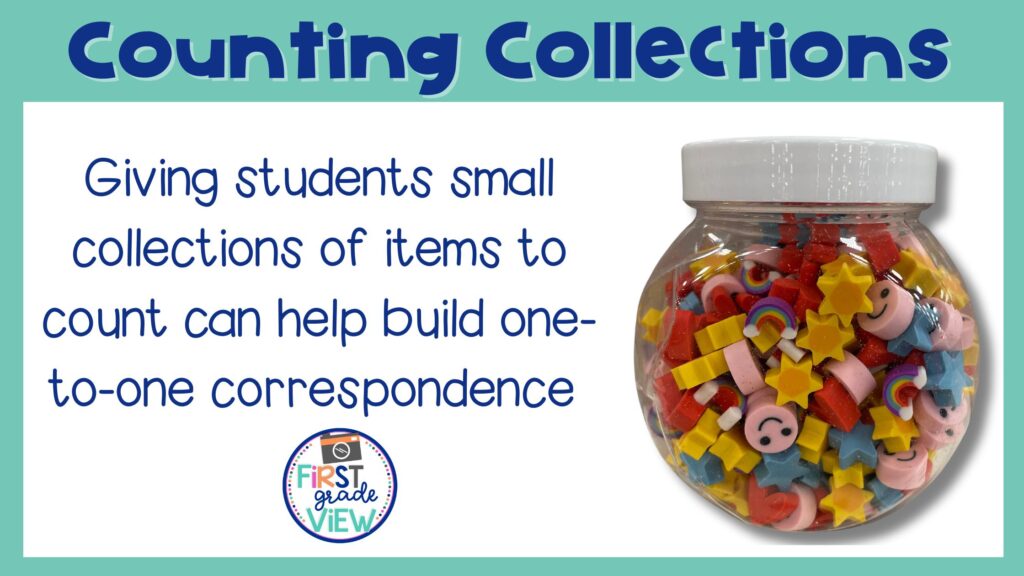
Building Number Sense by Comparing Quantities
When students compare quantities, it helps them understand the concepts of more, less, and equal. Picture your classroom turning into a playground of equations where balance and truth rule the day. Students can work on balancing equations and identifying true number sentences. And that’s not all – they’ll learn about the ‘greater than’ (>) and ‘less than’ (<) symbols and turn them into their trusty math buddies!
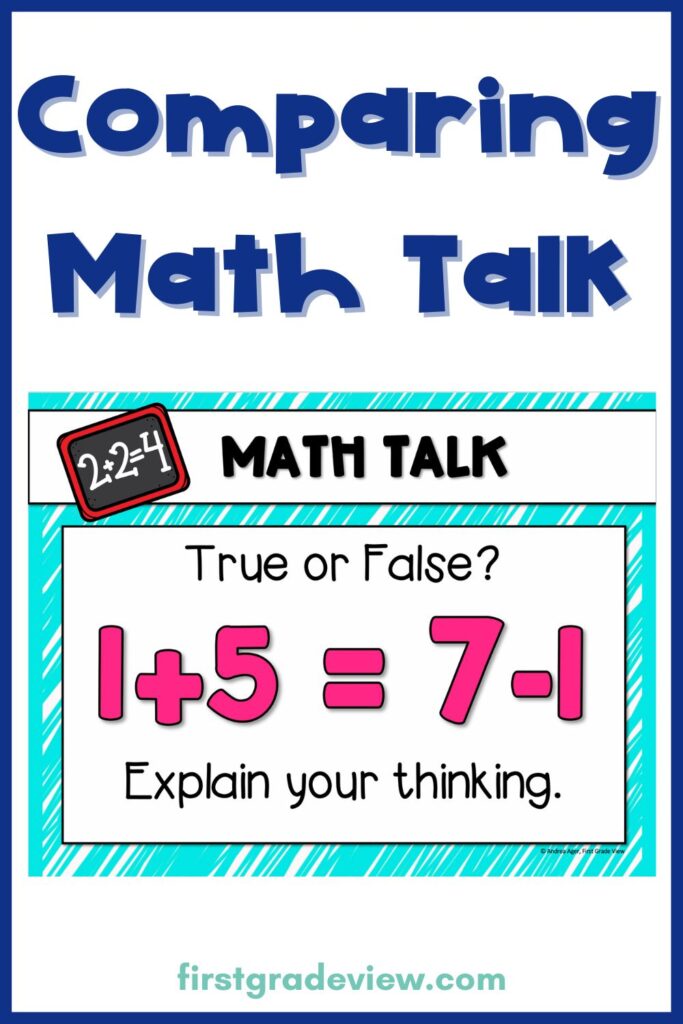
Sorting and Classifying
Time to dive into some fun, sorting action! Encourage your students to get their detective hats on and sort objects based on size, shape, color, or other cool characteristics. This not only makes learning a blast but also teaches them the valuable skill of grouping and comparing different quantities!
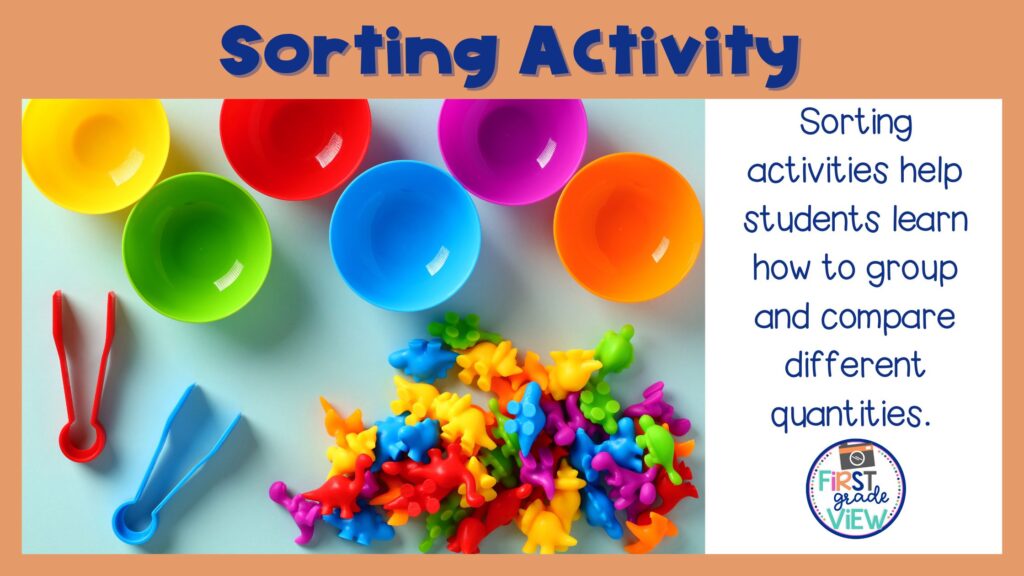
Number Recognition and Writing
Time to play the number match-up game! Students must be able to match the numbers they’ve counted with their written symbols. Plus, let’s get those writing and number recognition skills in gear with number writing practice. Students can begin with the small numbers and then tackle the big ones. Hopefully they will be able to write all their numbers correctly to 120!
Building Number Sense with Addition and Subtraction
Have students explore the world of addition and subtraction in a fun way through cool story problems. And here’s the secret ingredient: let them use manipulatives like unifix cubes and counters before moving on to the abstract equations to make sure these ideas really click! Don’t forget to have your mathematicians also share their strategies with their peers.
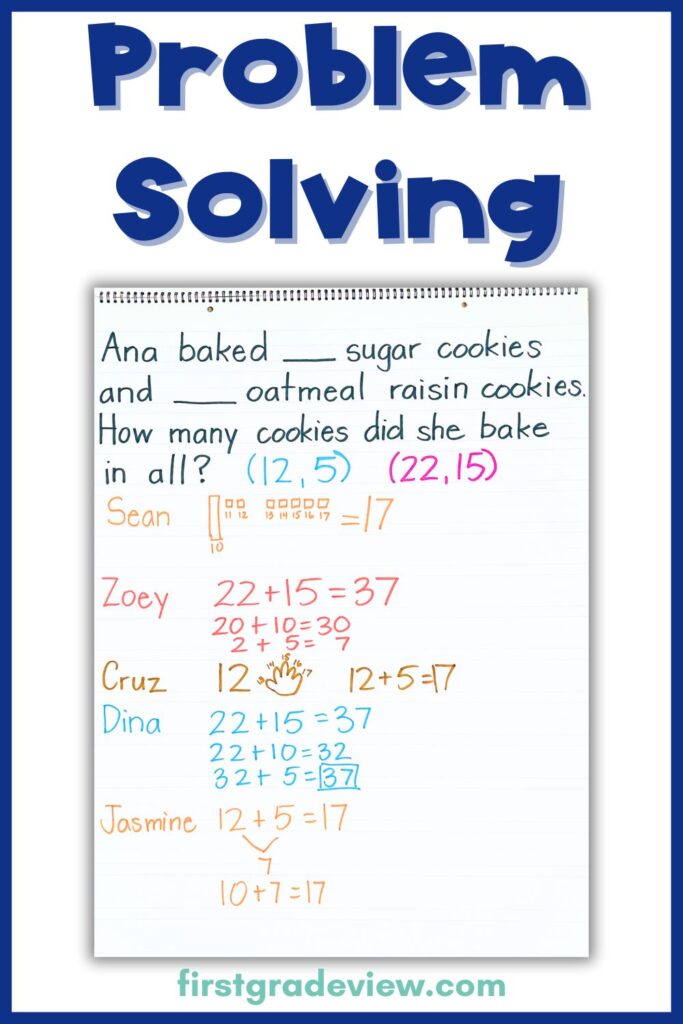
Number Paths and Number Lines
Let’s hop onto the number path and take a stroll on the number line! These fantastic tools are here to help students not only grasp the intricate relationships between numbers but also ace counting, addition, and subtraction with ease.
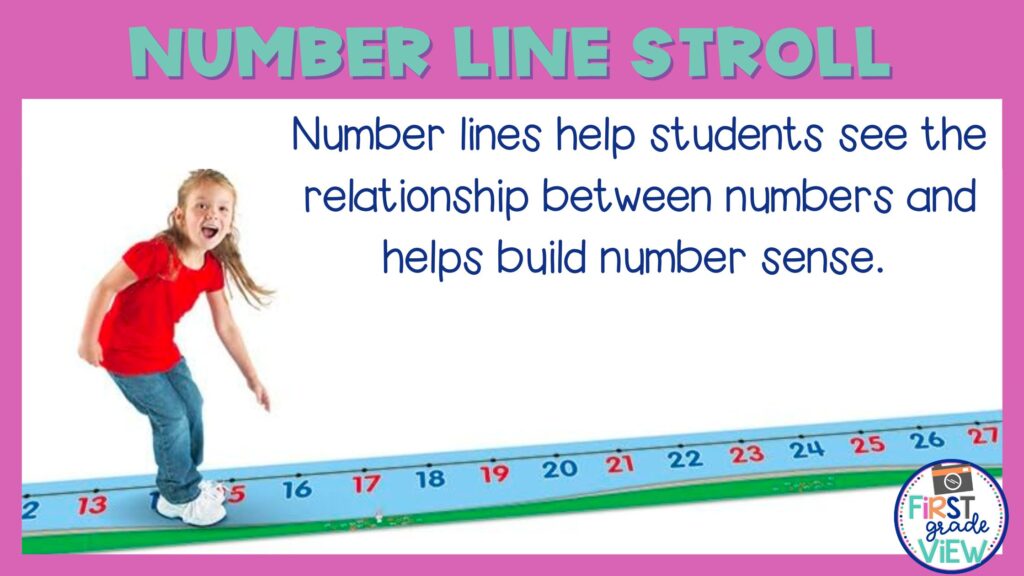
Incorporating these strategies into your teaching toolkit will empower your first graders with the essential building blocks of number sense. With this solid foundation in place, they’re poised for a successful journey in the world of mathematics. Now, I’d love to hear from you! Which of these strategies resonates with you the most, or do you have any other tips to share? Leave a comment below and let’s continue the conversation!
You May Also Like:
6 Epic 120 Chart Activities To Use with First Graders
Standards of Math Practice: Helping Kids Be Great Mathematicians
Building Number Sense in First Grade by Miss Giraffe’s Class

